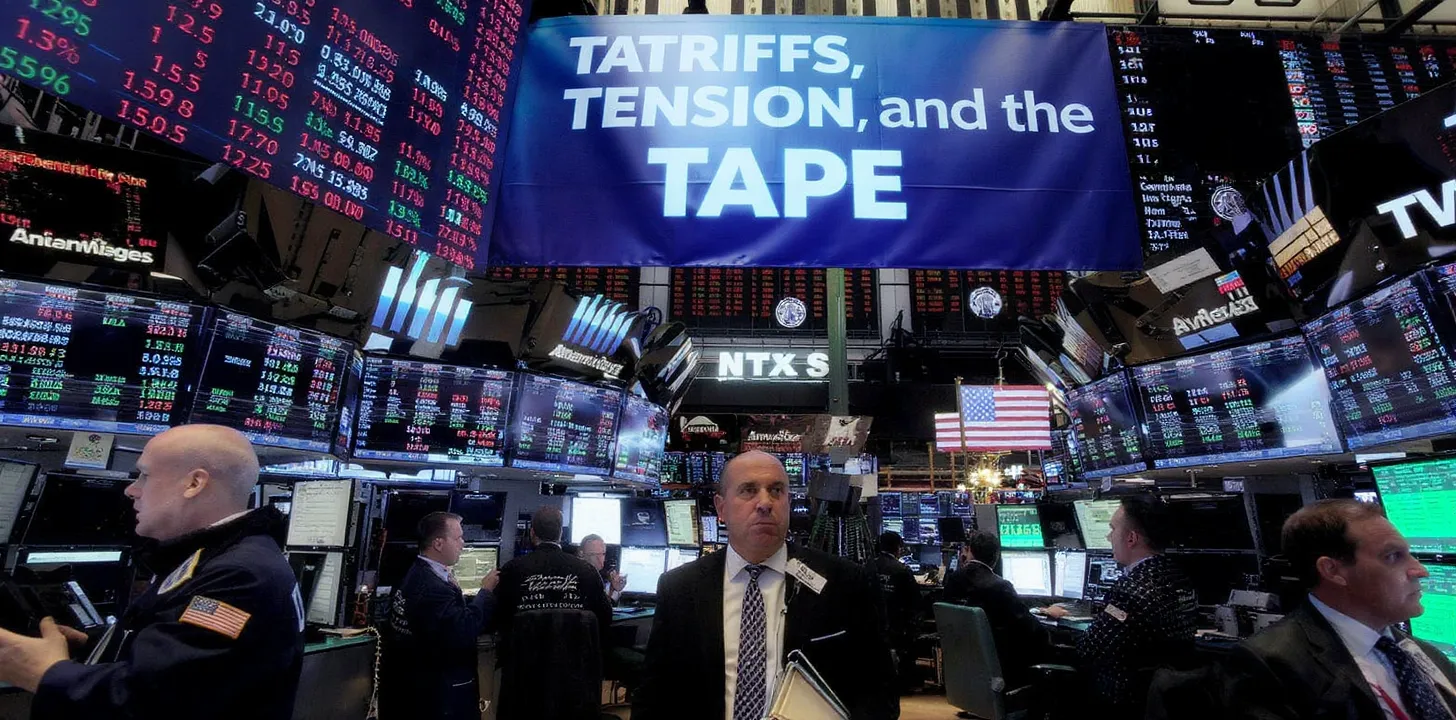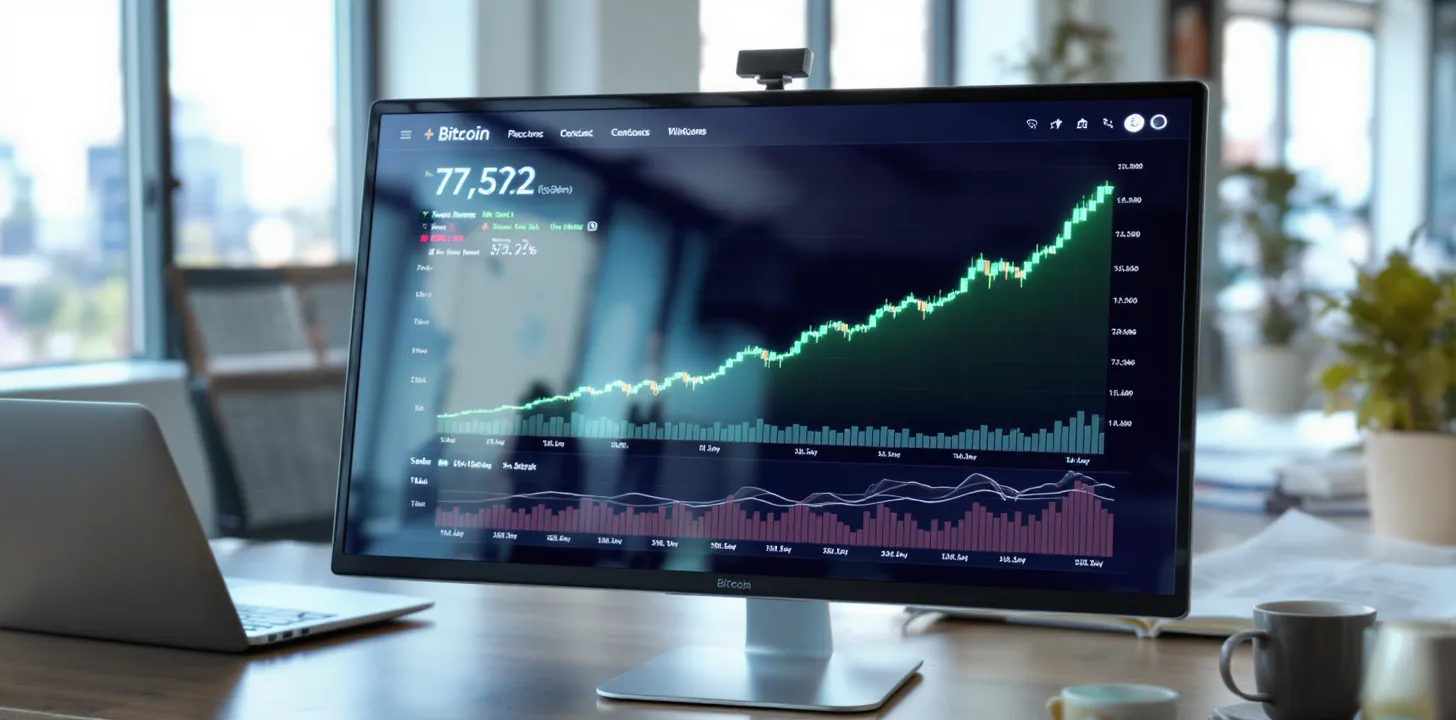Fractures at the Fed: What a Split Vote Tells Us About the Economic Crossroads
Fractures at the Fed: What a Split Vote Tells Us About the Economic Crossroads
The Significance of a 92 Split
For the first time in almost three years the FOMC logged two dissents—Governors Bowman and Waller favoring an immediate 25 bp cut—underscoring the committee’s struggle to balance cooling demand with stillsticky prices. The official statement retained the target range at 4.25 %–4.50 %, but the language shifted, describing growth as having “moderated” in H1, hinting at greater caution.
Historically, multiple governor dissents are exceedingly rare (the last comparable case was 1993). Unlike regional bank presidents, governors carry a permanent vote, so two of seven diverging amplifies the signal of internal concern. Chair Powell acknowledged the divergence in his press conference, stressing that “reasonable people can look at the same data and disagree on timing.”
Why Bowman and Waller Broke Ranks
Both dissenters flagged weakening momentum beneath respectable headline prints. June job openings slid 275 k to 7.437 m, the lowest since late 2023, while the Q2 GDP report showed real final sales to domestic purchasers—the purest gauge of household and business demand—barely expanding 1.2 % q/q. That softness, they argued, justifies a preemptive cut to safeguard the labor market amid tradepolicy uncertainty.
The Majority’s CounterCase
Powell’s bloc pointed to inflation that remains “somewhat elevated,” warning that importcost spikes from tariff policy shifts could rekindle price pressures. Indeed, the administration is contemplating tariffs of up to 60 % on Chinese goods if trade talks stall, a scenario analysts at J.P. Morgan say could add 0.4–0.6 ppt to core PCE over 12 months.
Maintaining rates also sends a message of independence after weeks of public exhortations from President Trump to “cut now.” Powell stressed that “political considerations play no role” in the Fed’s calculus, implicitly defending institutional credibility.
Macro Backdrop: A TwoTrack Economy
1. Growth vs. Demand. Headline GDP expanded 3.0 % saar in Q2, boosted by a narrower goodstrade gap. Yet imports fell even faster than exports, masking fragile domestic demand.
2. Trade Balance Tailwind. The merchandise deficit narrowed to $86 bn in June, the steepest monthonmonth improvement in 15 months, adding roughly 0.7 ppt to Q2 growth.
3. LaborMarket Loss of Steam. Jobopening and hiring rates are fading, particularly in services, confirming slower demand for workers despite unemployment still at 4.1 %.
4. Tariff Uncertainty. U.S.–China negotiators agreed to keep the tariff truce alive for now, but both sides admit extension depends on Trump’s approval before the 12 August deadline. Businesses therefore face a “Schrödinger tariff” backdrop—policy both alive and dead until political observation collapses it.
CrossAsset Repercussions
Treasuries: Tenyear yields fell 4–9 bp into and after the meeting, extending a preFed rally driven by strong auction demand and safehaven bids.
Equities: The S&P 500 drifted lower from record highs as investors digested the split vote and awaited BigTech earnings, underscoring policy uncertainty premium.
Dollar: The DXY stayed firm, reflecting relative U.S. growth resilience and tariffrelated safehaven flows.
Ratecut Pricing: Fedfunds futures shifted to price a 60 % probability of a 25 bp cut by October, up from 45 % premeeting, suggesting markets view the dissent as the thin end of an easing wedge (author calculation; futures data).
Looking Ahead
Analysts will scrutinize today’s ADP report and Friday’s July payrolls to see if demand weakness broadens. If labor data soften further and tariffs stay on hold, the September FOMC could revisit the majority’s stance. But a tariff flareup would keep the Fed sidelined longer, as Powell hinted.



